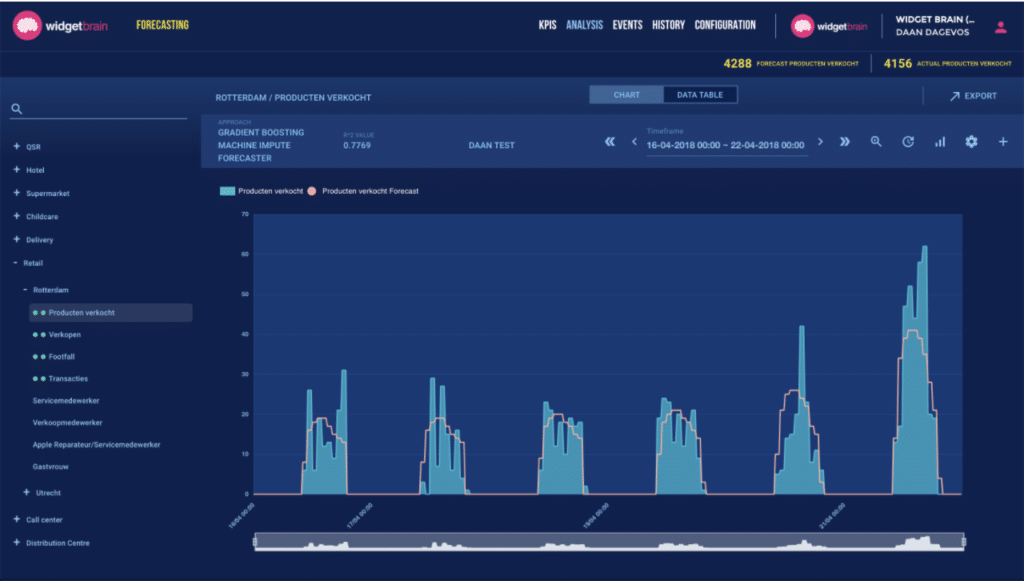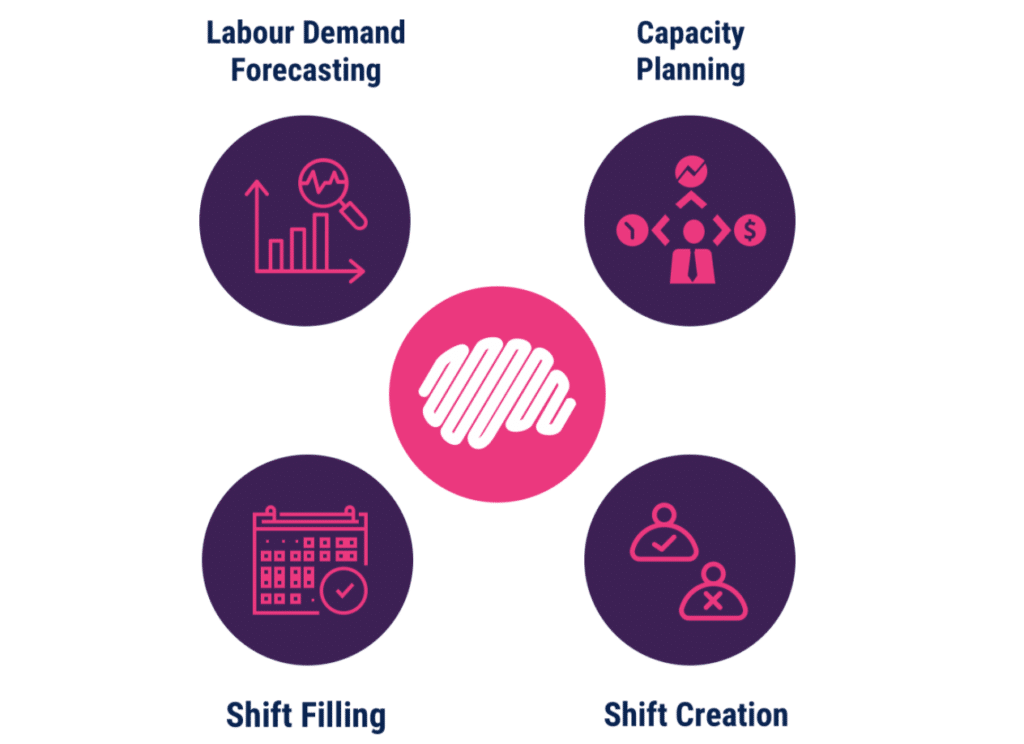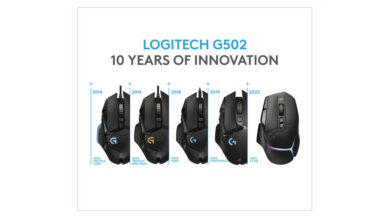
Quinyx announced in a company press release that it has acquired the AI-driven workforce management (WFM) company, Widget Brain, a company that leverages AI to support businesses wanting to automate and optimise its workforce scheduling.
By using Widget Brain’s AI-driven WFM technology, Quinyx explained that this will allow it to take its existing solutions for demand forecasting, labour optimisation, and compliance to the next level.
Erik Fjellborg, CEO and founder of Quinyx, commented on what the acquisition of Widget Brain means by saying: “After several years of partnering with Widget Brain, we saw the benefits of a deeper integration of the company’s disruptive and forefront technology with our own software solutions,”

Acquisitions of AI-driven companies such as Widget Brain and it’s WFM technology are on the rise with businesses looking for more insight and to offer customers more informed decisions.
Businesses that can offer AI capabilities are a hot topic as we’ve seen with acquisitions in 2020 that include Hyland acquiring RPA software provider Another Monday, DataDog acquiring Undefined Labs, and Accenture acquiring PLM Systems all in August 2020 alone.
Quinx wrote that Widget Brain’s AI-driven WFM technology will not only help it automate the labour optimisation process for its customers but will also allow it to offer solutions to customers that include increasing business performance, labour law compliance, and safety, all while reducing overall labour spend.
Joachim Arts, CEO of Widget Brain commented on what the acquisition of the AI-driven WFM technology company means to the company by saying: “We built an awesome piece of AI that helps our customers make better employee schedules. It’s really taking automation in operational decision-making to the next level. In Quinyx, we have found the perfect partner who is as passionate as we are about giving employees and employers the best schedules ever made.”
The acquisition itself cements what has previously been seen as a strong relationship between the two companies. Quinx wrote how it expects to see existing and future customers around the world benefit from greater value due to the WFM technology it now has.
Fjellborg went on to explain how the acquisition will accelerate the business by saying: “AI and automation is the future for companies needing ROI across their WFM process. This acquisition will catapult our product offering, accelerate our progress, and offer ‘best-in-class’ WFM AI solutions to the market.”

Widget Brain’s advanced AI-driven WFM technology and optimisation service enable its customers to balance different business objectives by fully automating the labour scheduling process, potentially resulting in significant time and cost savings.
The WFM technology also allows employers to create schedules that suit employees’ preferences resulting in higher retention and engagement.
Fjellborg added: “We already share a close relationship, customers and a common vision to help businesses revolutionise their labour scheduling. This merger was a natural fit and we cannot wait to leverage Widget Brain’s outstanding machine learning and AI know-how to deliver the best and most innovative offering to the market.”
The AI-driven WFM technology business will bring its customer base with it to Quinx which includes brands such as Facilicom and Royal Vopak. Quinx also noted that Widget Brain’s global team and offices will be integrated with Quinx as part of the acquisition.





